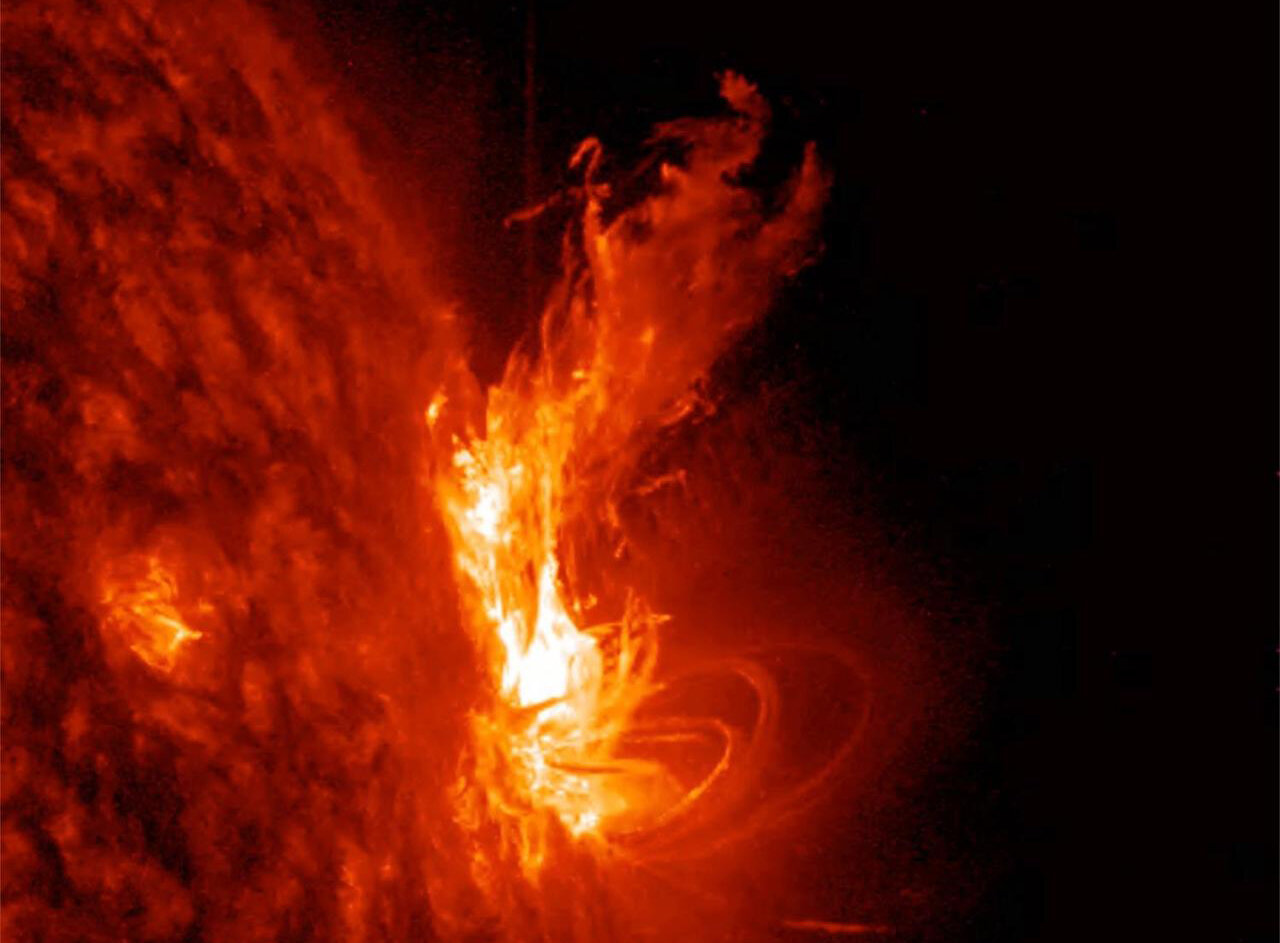
Welling Named Director of the Center for Space Environment Modeling
Assistant Professor Dan Welling will lead the Center for Space Environment Modeling as the new director.

Assistant Professor Dan Welling will lead the Center for Space Environment Modeling as the new director.
Dan Welling, Ph.D., an assistant professor at the University of Michigan Department of Climate and Space Sciences and Engineering, has been named the new director of the Center for Space Environment Modeling. He will serve a three-year term from 2024 to 2026.
The Center for Space Environment Modeling (CSEM) is an interdisciplinary research organization housed at the University of Michigan College of Engineering. Over the years, faculty, students and staff from the Departments of Aerospace Engineering, Climate and Space Sciences and Engineering, Electrical Engineering, and Computer Science have participated in the Center’s activities.

The goal of the center is to develop high-performance computational models to describe and predict space weather, those hazardous conditions in the near-earth space environment, in the upper atmosphere, and on ground. The modeling needs to encompass the environment from the surface of the sun to Earth’s upper atmosphere. In order to achieve predictive capability, the space weather models must run much faster than real time on mid-size parallel computers.
For more than 20 years, the Center for Space Environment Modeling was led by Tamas Gombosi, Ph.D., professor at the U-M Department of Climate and Space. Under his leadership, the center developed a world-class Space Weather Modeling Framework, which provides space weather information for both researchers and operational space weather users through the NOAA Space Weather Prediction Center (SWPC).
Development of the SWMF began in the 1990s and continued across the span of three decades. Funding agencies and the University of Michigan have invested over $50M and about 200 person-years of effort in the project. Maintaining and developing the framework requires the collaboration of space scientists, mathematicians, numerical and computer scientists, and the space weather user community. Now, the SWMF simulation and analysis tools constitute a cutting-edge technology that is available to the space weather community.
“It’s truly exciting to start this position at this moment, when the opportunities are sky-rocketing with computational capacity moving to exascale at the same time as data mining and machine learning are making their way into physics-based models,” said Welling.